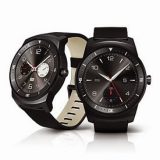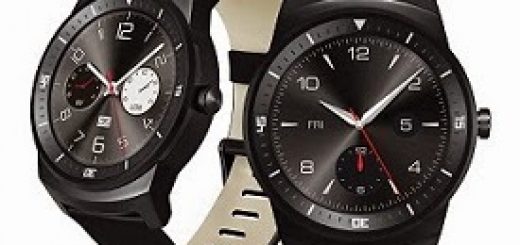Other consoles from the Xbox 360 to the Game Boy Micro have featured swappable faceplates without finding much success, but at least in Japan, Nintendo is making a real effort to market them as a core feature of the New 3DS. Not everyone will appreciate the difference in the experience you get from paying over $30 to play a Nintendo game on a dedicated portable gaming machine with real, physical buttons, but I think there are just about enough that do to help Nintendo’s handheld business keep on trucking for the near future. And so, with Sony’s PS Vita doing little to disprove the notion that dedicated portable games consoles are over as a growth market, Nintendo is revamping the 3DS in the way it knows best: by concentrating on its core audience. If you’re into the idea of an inexpensive portable machine that plays great versions of Mario Kart, Super Smash Bros., The Legend of Zelda, and a bunch of other excellent games, you probably own a 3DS already. It’s just as well, then, that the 3DS’s biggest strength is that it isn’t a smartphone, and that the other changes Nintendo made are all major improvements to the main thing it’s designed to do. The screens themselves aren’t noticeably better in quality, for Nintendo, high pixel density and vibrant color reproduction are just things that happened to other people, but this tweak makes the 3D display much more pleasant to look at in general. Nintendo calls the latter the “C-stick” in a throwback to the GameCube controller, which is set to experience a mini-revival of its own with a Wii U adapter designed for Super Smash Bros. Let’s talk about those faceplates for a second, because they’re just about the only attempt Nintendo is making to capture a wider audience with this redesign.
Nintendo has built up an excellent library of deep, addictive, and even technically impressive games that, for the most part, just wouldn’t work on a phone. Continuing the theme of exploiting new revenue themes for Nintendo, the New 3DS has an NFC reader, which will work with the company’s Skylanders-style Amiibo figurines when they’re released later this year. Its screens are a little bigger than the original 3DS’, and the physical design has been given a neat revamp, moving all the ports and switches from the sides of the device to the bottom; the system feels much tidier and more symmetrical now. As the Wii U flounders, it’s almost easy to forget that Nintendo has another console plugging away in a valiant effort to prop up the company’s bottom line. (So is the more powerful PS Vita, for what it’s worth.) But none of this is relevant to the point of the device, as it happens, the New 3DS is awesome at playing video games on the go. Many of the 154 million people that bought an original Nintendo DS were the same people that now consider smartphones more than enough for their mobile gaming needs. It’s an interesting move from Nintendo, a company that has often tried to boost interest in its systems by releasing new color variations. For other genres, though, it’s not ideal. There’s no doubt that smartphones have taken a big chunk out of the DS’ user base, but all that proves is that a whole lot of people bought a DS because it was first to what we would now call smartphone-style games. The first highlights each of the new gamer-friendly features, whereas the second is entirely devoted to showing off the faceplates, complete with an appearance and dedicated theme from ubiquitous Harajuku pop star Kyary Pamyu Pamyu. The 3DS is worth owning for the same reason the Wii U is: its software library is spearheaded by Nintendo, one of the most consistent and talented developers in the world. Speaking of ambient lighting, Nintendo has finally added automatic brightness adjustment to the New 3DS, which works well enough if you’re not moving around too much. Elsewhere, the browser has been improved with HTML5 compatibility, but if you want to remove the Nintendo’s strict filter that blocks Twitter, Facebook, Slack, and pretty much any site that lets you communicate over the internet, you’ll have to pay ¥30 (30 cents-ish) wisth your credit card as an age verification formality. The 3DS has been out for over three and a half years now and has sold a respectable 44 million units to date, with a steady stream of great games along the way. Nintendo may have killed the 3D function for its budget 2DS, but on the New 3DS it’s better than ever. A recent firmware update, which came to the original 3DS and 3DS XL too, lets you buy and download themes for the OS; most of the New 3DS’ swappable faceplates have their own software theme to match. It’s still made of chunky plastic, the screen is still lower resolution than a standard-definition TV, and the internals are still wildly out of date compared to smartphones from even a few years ago.







